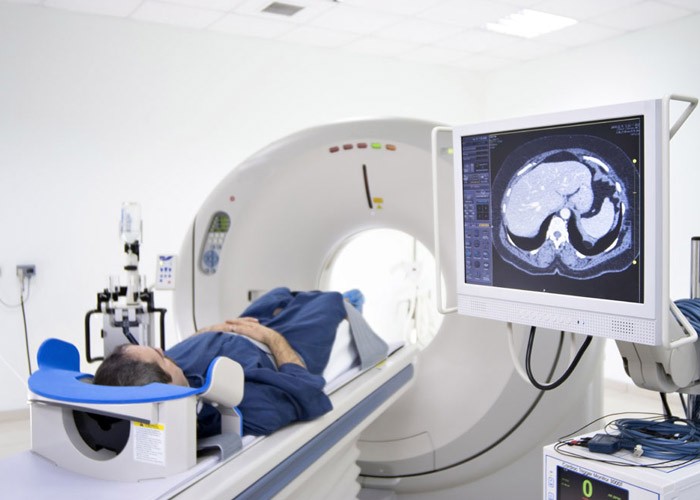Analysis of the Dilemma and Necessary Conditions of Imaging Equipment Entering the Grass Roots
From the most direct point of view, the grassroots organizations may drive a large volume due to their large number and favorable state support. However, there are very big difficulties in realizing this part of the market. We can analyze this from a company case first. vRad (Virtual Radiologic Corporation) is the largest remote imaging company in the United States. With an annual revenue of US$185 million in 2014, it provides remote reading services to more than 2,100 medical institutions in 50 states and international markets through a team of more than 350 professional imaging doctors. The annual reading volume exceeds 5 million. The company's video reading services for small hospitals, community health centers and some specialist hospitals reflect an important feature of customer needs: make up. The first is to make up for the lack of specialist video reading capabilities in small hospitals and other institutions through remote professional reading services. vRad emphasizes that 75% of its independent imaging doctor team is a well-trained specialist in the field of specialists. In recent years, the incidence of certain diseases has increased rapidly, and the demand for radiographs in the specialist field such as mammography has grown rapidly. These fields are very professional, and many small hospitals do not have enough specialist patient demand to hire their own specialists, so they chose to outsource. . The customer's second compensatory demand is to make up for the lack of reading ability during the night, weekends and holidays. One of vRad's competitive cores is to provide 365 days a 24-hour reading service, which can make rapid reading results even during nighttime holidays, which makes up for the shortage of staff in the hospital full-time imaging department at certain times. Small hospitals can also save the cost of hiring night shift imaging doctors. It can be seen from these two compensatory features that there are two basic conditions for the role of image services. First of all, the medical institutions that graft image services need to have certain image strength. Because the use of imaging equipment and the results of the readings need to be coordinated by professional doctors, organizations with no image strength cannot rely on the purchase of the equipment itself. Get the results of the reading remotely to expand the service. The second condition is that these medical institutions expand the imaging service based on having some patients who may use these services. That is to say, most of vRad's customers are medical institutions that already have imaging departments and have stable patient flow. They expand the image. The device and vRad's services are used to expand the imaging department's strength in some areas (such as the lack of good breast imaging readers), but in these areas (such as breast department) they already have patients. Polypropyl carbonate is soluble in polar solvents such as ketones, ethyl acetate, dichloromethanes and chlorohydrocarbons, and insoluble in alcohols, water and aliphatic hydrocarbons. It also forms a stable emulsion in the water. PPC allows gases like oxygen to diffuse through it. The glass temperature (Tg) is between 25 and 45℃, and PPC adhesives are amorphous. The glass temperature of PPC is slightly higher than that of polyethyl carbonate (PEC). Poly Propylene Carbonate Ppc,100% Recycled Ppc,Bio-Based Ceramic Binder Ppc,Electroceramics Application Ppc Xingbang High Molecular Materials Co., Ltd. , https://www.chemicaladditive.com